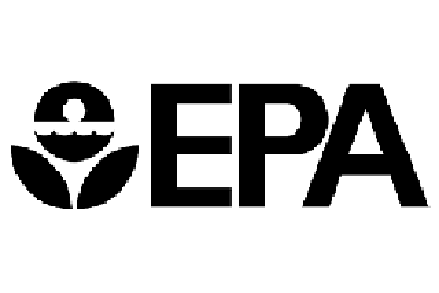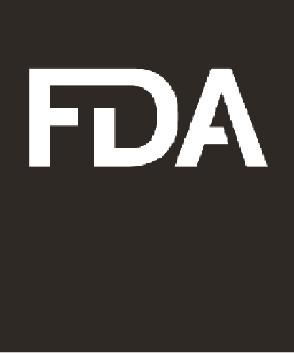Modernizing the Regulatory System for Biotechnology Products
Since the issuance of the Coordinated Framework for Regulation of Biotechnology in 1986, the federal government has continued to update the framework to reflect advances in biotechnology.
In 2015, the Executive Office of the President (EOP) issued a memorandum directing EPA, FDA and USDA to update the framework to:
- clarify current roles and responsibilities of the agencies that regulate biotechnology products;
- develop a long-term strategy to ensure that the federal biotechnology regulatory system is prepared for the future products of biotechnology; and
- commission an independent, expert analysis of the future landscape of biotechnology products.
The goal of this work was to increase public confidence in the regulatory system and to prevent unnecessary barriers to future innovation and competitiveness by improving the transparency, coordination, predictability and efficiency of the regulation of biotechnology products while continuing to protect health and the environment.
The federal government published a National Strategy for Modernizing the Regulatory System for Biotechnology in 2016 and an updated Coordinated Framework for Regulation of Biotechnology in 2017.
In 2019, Executive Order (EO) 13874 recognized that advances in biotechnology have the potential to revolutionize agriculture, enhance rural prosperity, and improve the quality of American lives. EO 13874 ordered additional steps be taken to further modernize the regulatory framework.
In 2022, EPA, FDA, and USDA began efforts to enable innovative solutions for challenges in health, energy, food security, and agriculture; solutions that will improve supply chain resilience and national and economic security. To further facilitate development and commercialization of safe biotechnology products in the United States, the agencies aimed to improve the clarity and efficiency of regulatory processes for biotechnology products and increase coordination and communication between federal regulatory agencies.
View the Report on Stakeholder Outreach (267.77 KB)
View the Plain Language Regulatory Information (397.49 KB)
Executive Order (EO) 13874, issued June 11, 2019, recognized that it is federal agencies’ policy to protect public health and the environment by adopting regulatory approaches for agricultural biotechnology products that are proportionate responses to the risks such products pose. To support this goal, the EO directed federal agencies to base regulatory decisions on scientific and technical evidence, and consider economic factors as appropriate and consistent with applicable law. The EO also directed federal agencies to review regulatory applications for products of agricultural biotechnology in a timely and efficient manner while ensuring the transparency, predictability and consistency of the regulation of products of agricultural biotechnology, to the extent permitted by law. EO 13874 also placed emphasis on promoting trade in products of agricultural biotechnology by urging trading partners to adopt science- and risk-based regulatory approaches.
The 2017 Update to the Coordinated Framework for the Regulation of Biotechnology was published in January 2017. A sequel to the 1986 CF and the 1992 Update to the CF, it clarifies the current roles and responsibilities of the primary agencies involved in the regulation of biotechnology products. It describes the types of biotechnology product areas regulated by EPA, FDA and USDA. The document provides a table of responsibilities, organized by biotechnology product area, describing the offices within each agency or agencies that may have regulatory responsibility for a given biotechnology product area, as well as relevant coordination across the agencies. In addition, the document describes mechanisms for communication across the agencies, including memoranda of understanding (MOU) and the types of products and information that are covered within the scope of each MOU.
View the 2017 Update to the Coordinated Framework for the Regulation of Biotechnology (1.5 MB)
EPA, FDA, and USDA commissioned an independent study by the National Academies of Science, Engineering and Medicine (NASEM) to satisfy the third of the three tasks. The NASEM Committee was tasked to identify (1) major advances and potential new types of biotechnology products over the next 5 to 10 years, (2) potential future products that might pose a different type of risk relative to existing products and organisms, (3) areas in which the risks or lack of risk relating to biotechnology are well understood, and (4) the scientific capabilities, tools and expertise that may be useful to the regulatory agencies as they oversee potential future products of biotechnology. In March 2017, NASEM issued the study report, “Preparing for Future Products of Biotechnology.”
View the NASEM Study (5.91 MB)
The National Strategy for Modernizing the Regulatory System for Biotechnology Products, published in 2016, sets forth a vision for ensuring that the federal regulatory system is prepared to efficiently assess the risks, if any, of the future products of biotechnology. It identifies steps to ensure that the regulatory system appropriately addresses novel types of products developed through advances in science and technology. In this document, EPA, FDA and USDA identified specific ongoing and future activities aimed at increasing transparency, increasing predictability and efficiency, and supporting the science that underpins the regulatory system.
View The National Strategy for Modernizing the Regulatory System for Biotechnology Products (572.19 KB)


